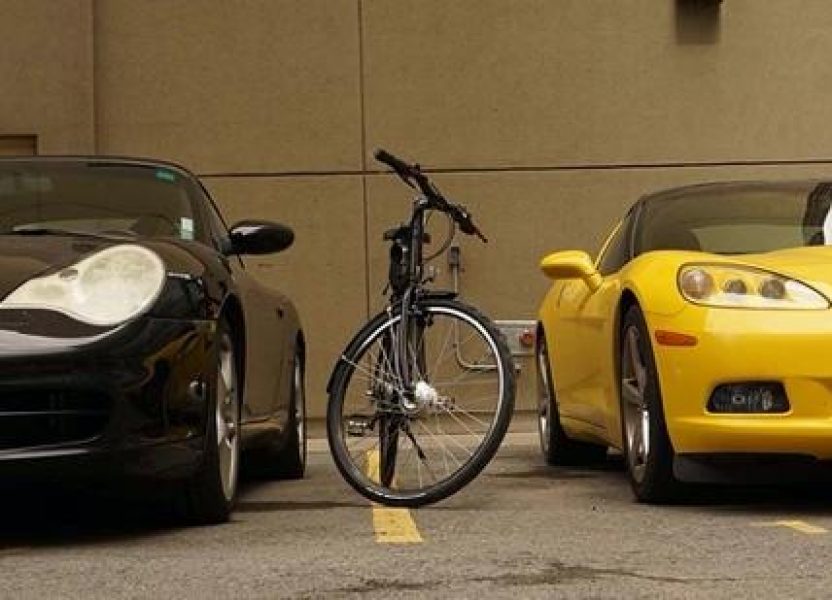E-bikes, energy, environment
E-bikes are one of the best energy choices available for alternative urban transport…so much so that e-bikes vie for low-energy supremacy over conventional pedal-only bikes. Lower than unaided walking as well!
“The energy cost of electric and human powered bicycles” (UBC Applied Science 262, April 2004 paper by Justin Lemire-Elmore), concluded that conventional “pedal-only” bikes, long considered the pinnacle of low energy transport, consume 2 to 4 times more primary energy than do e-bikes. Unless human power is supplied by locally grown food farmed by non-energy-intensive means, the energy it takes to grow & get our food on the table surpasses the life-cycle energy to make, charge, and recycle an e-bike.
This counterintuitive finding is perhaps arguable. Regardless, the real environmental impact e-bikes are having, is that they have opened cycling to people who might otherwise be driving (or aspire to be driving) a car. Many people who have discovered e-bikes, have found that they do not need to shy away from cycling because of hills, distance, health reasons, knee problems, or having to shower and change at work. E-bikes make cycling a lot more accessible.
The move to e-bikes is a world phenomenon. E-bike sales in Holland, long the foremost cycling country of the world, have continuously outstripped sales of conventional bikes for almost a decade now. Major cities in China are alive with electric bikes transporting goods and people. There are 200 million e-bikes registered in China alone. Annual 2019 sales of 2 million e-bikes were reported in Europe, 700,000 in Japan, 500,000 in US. In 2020 the number of electric bikes in circulation worldwide was estimated at 35 million, whereas the number of electric cars was much lower, at around 4 million. As an environmental phenomenon the movement towards e-bikes is very significant and growing.


